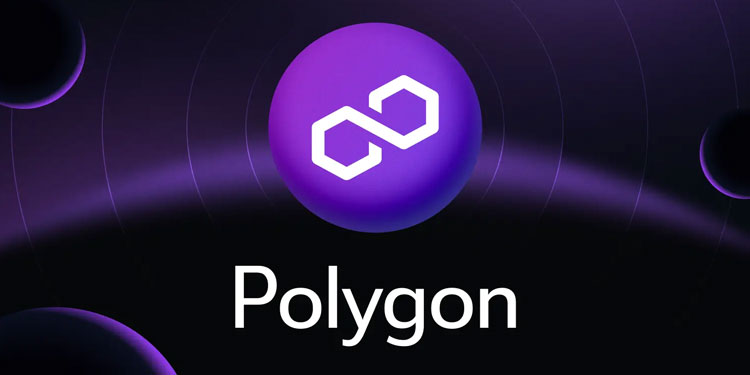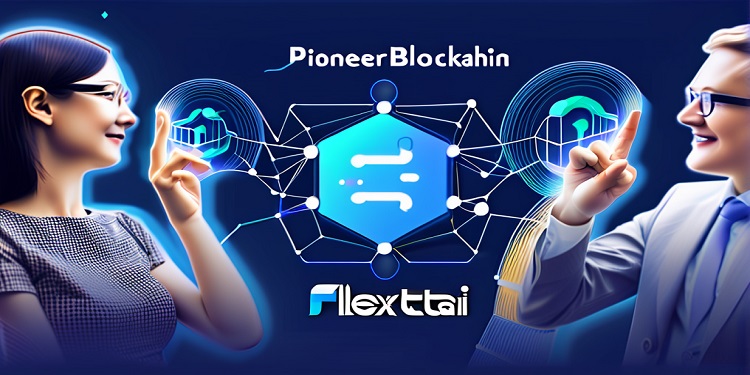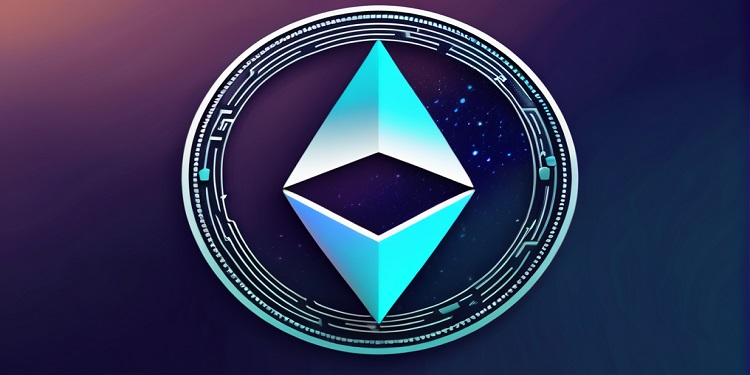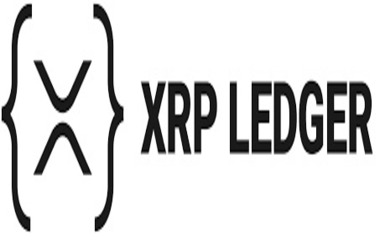 Polygon has introduced a groundbreaking approach to the future of blockchain scaling, known as “Aggregation.” Departing from traditional paradigms of Monolithic and Modular scaling, the Aggregation model seeks to amalgamate the strengths of both, presenting a distinctive solution to the challenges faced by current blockchain designs.
Polygon has introduced a groundbreaking approach to the future of blockchain scaling, known as “Aggregation.” Departing from traditional paradigms of Monolithic and Modular scaling, the Aggregation model seeks to amalgamate the strengths of both, presenting a distinctive solution to the challenges faced by current blockchain designs.
The Evolution of Blockchain Design
In the pursuit of creating a blockchain experience that mirrors the seamless nature of the Internet, Polygon aims to eliminate existing limitations. Unlike the internet, where a unified environment prevails, blockchains often grapple with issues such as poor user experience, scaling constraints, and fragmented liquidity.
The team at Polygon asserts that: “Blockchains, unlike the internet, do not operate similarly; the former often face issues related to poor user experience, scaling constraints, and fragmented liquidity.”
Challenges of Monolithic and Modular Scaling Models
Monolithic scaling, characterized by enlarging node size for scalability, comes at the cost of security, decentralization, and sovereignty. In contrast, Modular scaling, while preserving sovereignty, leads to fragmented liquidity and a suboptimal user experience.
According to the Polygon team: “Monolithic scaling, which involves increasing node size to achieve scalability, comes at the expense of security, decentralization, and sovereignty. On the other hand, Modular scaling preserves sovereignty but results in fragmented liquidity and a suboptimal user experience.”
The Innovation: Aggregated Blockchain with ZK Proofs
Polygon’s solution is the Aggregated Blockchain, a creative integration of the benefits from both monolithic and modular architectures utilizing zero-knowledge [ZK] proofs. Through this unified liquidity, users across different chains gain access to enhanced capital efficiency, cross-chain assets, and projects, creating a Web3 network that presents itself as a singular, cohesive chain.
The team highlights: “The aggregated blockchain, unveiled by Polygon, creatively combines the advantages of both monolithic and modular architectures using zero-knowledge [ZK] proofs.”
Central Role of AggLayer in Web3 Evolution
At the core of this revolutionary paradigm is the AggLayer, a decentralized protocol enabling atomic, synchronous composability across aggregated chains. Distinguished from Layer 2 solutions, the AggLayer ensures decentralized execution without compromising sovereignty, offering atomic composability that non-ZK scaling solutions cannot attain.
Polygon emphasizes: “Central to this new paradigm is the AggLayer, a decentralized protocol that facilitates atomic, synchronous composability across aggregated chains.”
AggLayer’s Vision: Unifying the Web3 Ecosystem
Drawing parallels to how TCP/IP seamlessly unified the Internet, the AggLayer aims to bridge the fragmented landscape of the current Web3 ecosystem. Envisioning a web of Zero-Knowledge [ZK]-proven Layer 1 [L1] and Layer 2 [L2] chains that collectively mimic a singular, interconnected chain, the AggLayer’s debut, AggLayer v1, is highly anticipated. Its Mainnet launch is scheduled for February, coinciding with the “Aggregation Day” event—a comprehensive discussion involving developers from Polygon Labs and the broader Ethereum ecosystem.
The vision is articulated as follows: “Just like how TCP/IP unified the Internet seamlessly, the AggLayer aims to bridge the fragmented landscape of the current Web3 ecosystem.”
Polygon’s Innovative Approach for Blockchain Inscription Challenges
Notably, Polygon co-founder Branden Farmer recently proposed parallelized EVMs as a potential solution to address blockchain inscription challenges. Allowing unrelated transactions to be processed simultaneously, parallelism could significantly enhance blockchain throughput, mitigating the impact of inscription spam.








